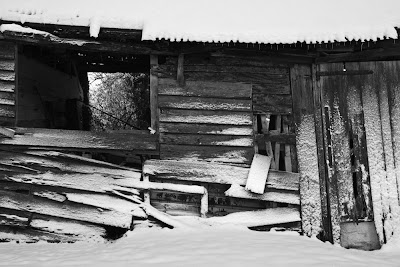Angel's Bonnet Mycena archangeliana
This delicate little Bonnet is widespread and common, especially in the South of England and is found on the decayed wood of deciduous trees, especially the stumps and fallen branches of Ash and Beech. The Angel's Bonnet above was found growing on a small piece of dead wood which I managed to rest on a tree stump a couple of feet above the ground allowing me to get a nice blurred background.
Common Bonnet Mycena galericulata
The commonest member of the genus Mycenae, this Bonnet is found throughout the country on the decayed and buried wood of deciduous trees and occasionally conifers. Common Bonnets are typically found in small clusters, such as this group growing in the damp mossy woodland at Whipsnade Heath
Candlesnuff Fungus Xylaria hypoxilon
This charming antler-like fungus is black at the base, grey in the middle and white at the top, resembling a snuffed candle wick. It is surprisingly strong and rubbery and can be bent without breaking. Sometimes called Stag's Horn Fungus, it is found all year round, but is particularly common in autumn and winter, growing on dead deciduous wood, especially Beech. This little group was photographed on a rotting stump at Whipsnade Heath in November.
Hoof Fungus Fomentus fomentarius
Hoof fungus is a large, impressive Polypore usually was used found on Silver Birch and occasionally Beech and Sycamore. The hard, leathery flesh burns very slowly and was once used for lighting fires; hence it's alternative common name, Tinder Bracket. If correctly treated by soaking in washing soda and then pounded, dried pieces of Hoof Fungus make an excellent desiccant which is sttil used by Trout fisherman to dry artificial flies to help them float more effectively. This substance is called Amadou and was used by ancient people as tinder and as a smouldering portable firelighter. The stretched and beaten flesh was also used to make clothing, including hats and gloves. This solitary specimen was found, after a much searching, growing on a fallen Silver Birch at Rammamere Common near Woburn. Hoof Fungus is fairly common in Scotland but is found less frequently south of the border, although possibly increasing.
Orange Peel Fungus Aleuria aurantia
This beautiful and fragile cup shaped fungus resembling scattered orange peel is usually found on disturbed ground, especially woodland paths and roadsides. Orange Peel is the only Elf Cup Fungus that is edible although it does not taste particularly pleasant and is therefore rarely used. The other Elf Cups are poisonous in varying degrees. This small specimen was found last November in typical habitat at the edge of a sandy path at Rammamere Common.

















